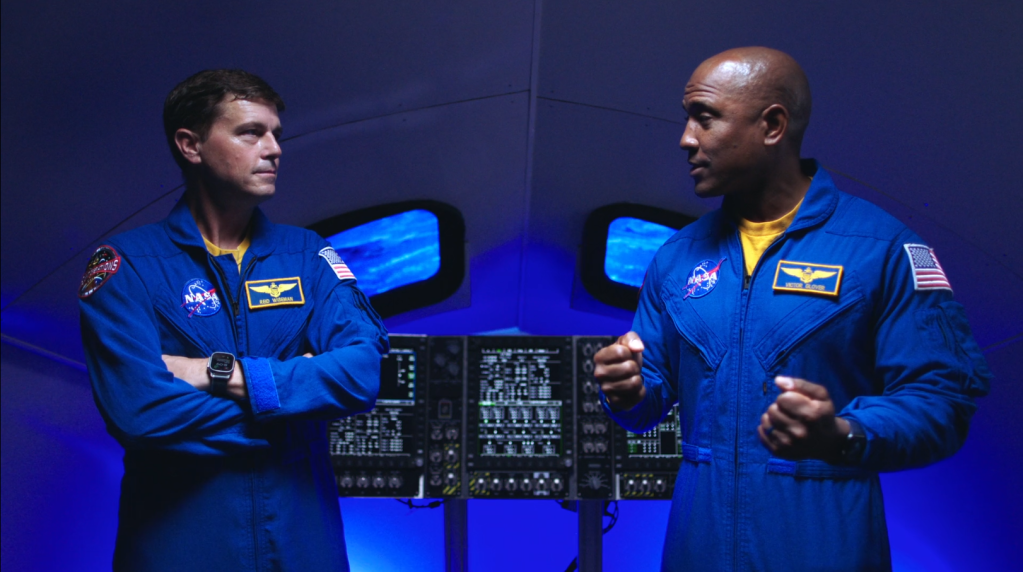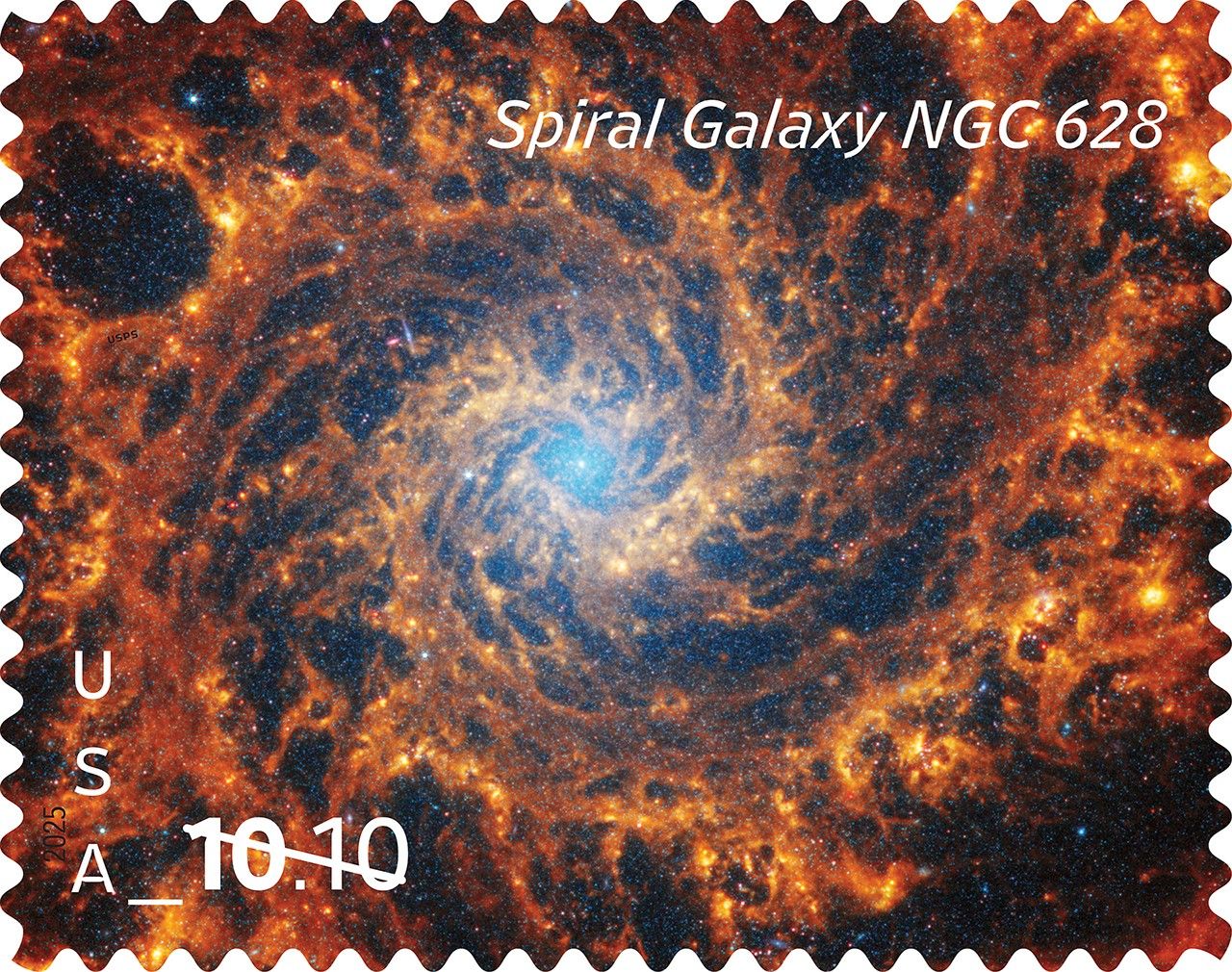Professor Yoshihisa Yamamoto: Coherent Computing by OPO Phase Transition
NASA Ames is an agency leader in high-performance computing. The laboratory at the NASA Advanced Supercomputing (NAS) facility houses a 512-qubit D-Wave Two quantum computer which may someday dramatically improve the agency¹s ability to solve difficult optimization problems for missions in aeronautics, Earth and space sciences, and space exploration. In this talk, combinatorial optimization problems were discussed in light of this pursuit.
Abstract:
Combinatorial optimization problems are ubiquitous in our modern life. Most of those problems belong to NP-hard or NP-complete class, for which no efficient classical or quantum algorithm has been discovered so far. A three-dimensional Ising model, which is a mathematical abstraction of spin glasses, is a classic example of NP-hard problems.
In this talk, a degenerate optical parametric oscillator (OPO) network is proposed as a coherent Ising machine. We experimentally demonstrate the machine can find the ground state of the M=4 MAX-CUT-3 (Ising) problem. The underlying mechanism of the OPO network originates from the bistable phase transition of each OPO and the preference of the OPO network in selecting the particular phase configuration with the minimum network loss. Various optical techniques will be discussed toward scalable systems, such as a fiber based ring cavity, time-division-multiplexed OPO pulses, and quantum feedback control. The future prospect of coherent computing will be discussed.
Biography:
Born in Japan in 1950, Professor Yoshihisa Yamamoto got his Ph.D. degree from the University of Tokyo in 1978. In 1978 he joined the Basic Research Laboratory of Nippon Telegraph and Telephone Corporation (NTT-BRL), where he initiated the exploratory research on coherent optical communications and semiconductor optical amplifiers. In 1982-1983, he was a visiting scientist with the late Professor Hermann A. Haus at M.I.T. After he came back to NTT in 1983, he became the YAMAMOTO research group leader at NTT-BRL and started the research on fundamental quantum optics and quantum information science. He demonstrated the squeezed states of light directly from pump-noise-suppressed semiconductor lasers and the controlled spontaneous emission in semiconductor microcavities in mid 1980s for the first time. In 1992 he was appointed as a Professor of Applied Physics and Electrical Engineering at Stanford University, where he has worked on dynamical condensation of exciton-polaritons, single photon generation and spin-based quantum information processing.































